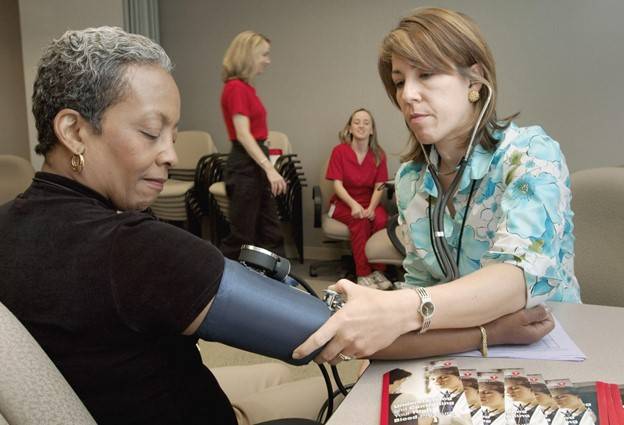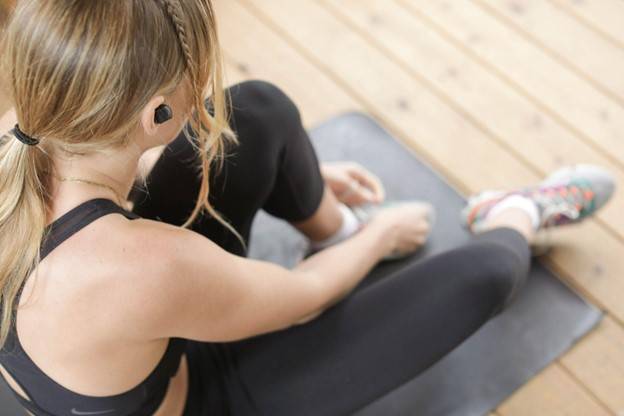
May 2022. This article is independently written by Shelby Golding. All opinions given are hers. Shelby has been certified as a personal trainer and nutritional specialist since 2007. In 2008, she found her passion for writing about these topics and hasn't looked back.

Truthfully, strenuous exercise like weightlifting and sprinting is best avoided for anyone with high blood pressure. Instead, you're better off finding ways to exercise without the gym, where you can start slowly and listen to your body.
Lower your blood pressure naturally with these seven ways to exercise outside of a gym and keep your heart healthy!
7 Ways to Exercise Without the Gym
1. Practice Yoga
Yoga uses a combination of poses, breathwork, and meditation to relax the body and mind. It helps you access the parasympathetic nervous system, or "rest and digest" state. When relaxed, the heart beats slower, cortisol and adrenaline levels drop, and there's less strain put on the heart.
Yoga has a great variety of class options available today. People with high blood pressure should avoid the more intense hot yoga and fitness-based classes. Instead, they should opt for slow vinyasa flows, hatha yoga, and yin yoga classes that combine easy movements with mindfulness.
2. Pick Up Tai Chi
3. Go For A Hike
You do not need to hike to the top of the tallest mountain to get the benefits of hiking. Even 20 minutes of walking outdoors are better than not hiking at all! If you have high blood pressure, you shouldn't attempt an intermediate or advanced hike without first consulting your doctor.
4. Bodyweight Exercises

Weight training's a great way to build lean muscle. Increasing your lean muscle mass will help you lose weight faster because muscle burns more calories than fat. More muscle also increases your resting metabolic rate, which means you burn more calories even when you're relaxing.
In bodyweight training, you use your weight to maintain and build muscle. Examples of bodyweight exercises are push-ups, squats, burpees, pull-ups, and crunches. Be sure your routine works all parts of the body, including the arms, legs, abs, back, and butt!
5. Dance Lessons
6. Go Swimming
To get the full benefits of swimming, you need to go a few times a week.
Ultimately, your heart's a muscle that needs exercise to get stronger. Swimming allows you to maintain a slow or fast pace, and you can choose which stroke best fits your breathing pattern.
7. Housework
Any lifestyle or daily activity that gets your blood moving will impact your blood pressure. A 2022 study on women over the age of 62 showed that those who moved every day had a lower risk of developing cardiovascular disease. So, stagger the housework over the day, and you'll quickly meet the recommended daily movement quota of 30 minutes of activity every day.
Take Charge of Your Health
Disclaimer: Kailo should not be used if you have a pacemaker or if you are pregnant. Always consult your doctor or health care professional before using Kailo.






